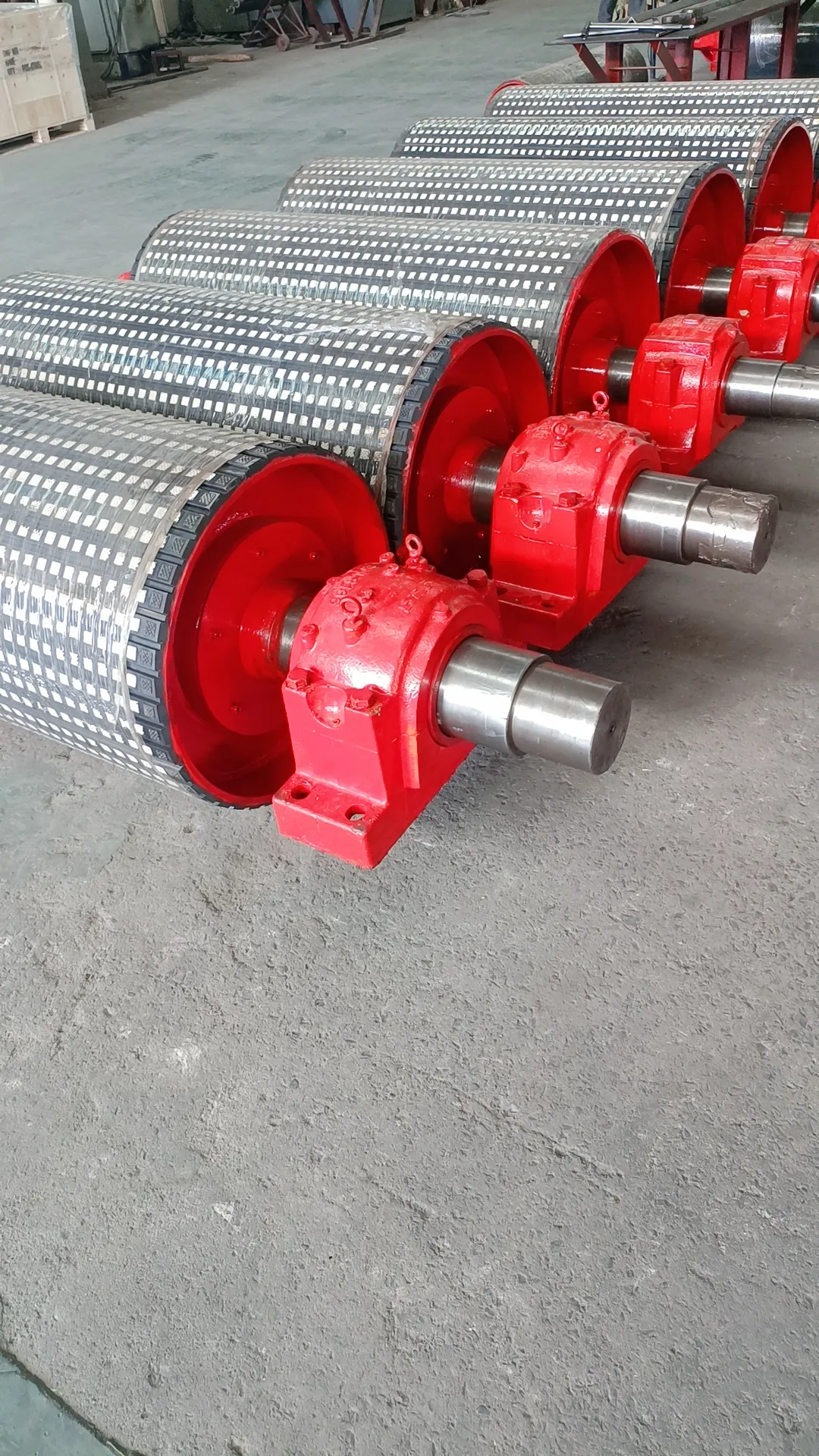 Afrikaans
Afrikaans  Albanian
Albanian  Amharic
Amharic  Arabic
Arabic  Armenian
Armenian  Azerbaijani
Azerbaijani  Basque
Basque  Belarusian
Belarusian  Bengali
Bengali  Bosnian
Bosnian  Bulgarian
Bulgarian  Catalan
Catalan  Cebuano
Cebuano  Corsican
Corsican  Croatian
Croatian  Czech
Czech  Danish
Danish  Dutch
Dutch  English
English  Esperanto
Esperanto  Estonian
Estonian  Finnish
Finnish  French
French  Frisian
Frisian  Galician
Galician  Georgian
Georgian  German
German  Greek
Greek  Gujarati
Gujarati  Haitian Creole
Haitian Creole  hausa
hausa  hawaiian
hawaiian  Hebrew
Hebrew  Hindi
Hindi  Miao
Miao  Hungarian
Hungarian  Icelandic
Icelandic  igbo
igbo  Indonesian
Indonesian  irish
irish  Italian
Italian  Japanese
Japanese  Javanese
Javanese  Kannada
Kannada  kazakh
kazakh  Khmer
Khmer  Rwandese
Rwandese  Korean
Korean  Kurdish
Kurdish  Kyrgyz
Kyrgyz  Lao
Lao  Latin
Latin  Latvian
Latvian  Lithuanian
Lithuanian  Luxembourgish
Luxembourgish  Macedonian
Macedonian  Malgashi
Malgashi  Malay
Malay  Malayalam
Malayalam  Maltese
Maltese  Maori
Maori  Marathi
Marathi  Mongolian
Mongolian  Myanmar
Myanmar  Nepali
Nepali  Norwegian
Norwegian  Norwegian
Norwegian  Occitan
Occitan  Pashto
Pashto  Persian
Persian  Polish
Polish  Portuguese
Portuguese  Punjabi
Punjabi  Romanian
Romanian  Russian
Russian  Samoan
Samoan  Scottish Gaelic
Scottish Gaelic  Serbian
Serbian  Sesotho
Sesotho  Shona
Shona  Sindhi
Sindhi  Sinhala
Sinhala  Slovak
Slovak  Slovenian
Slovenian  Somali
Somali  Spanish
Spanish  Sundanese
Sundanese  Swahili
Swahili  Swedish
Swedish  Tagalog
Tagalog  Tajik
Tajik  Tamil
Tamil  Tatar
Tatar  Telugu
Telugu  Thai
Thai  Turkish
Turkish  Turkmen
Turkmen  Ukrainian
Ukrainian  Urdu
Urdu  Uighur
Uighur  Uzbek
Uzbek  Vietnamese
Vietnamese  Welsh
Welsh  Bantu
Bantu  Yiddish
Yiddish  Yoruba
Yoruba  Zulu
Zulu belt drive with idler pulley
Understanding Belt Drive Systems with Idler Pulleys
Belt drives are integral components in various mechanical systems, widely employed in industries for power transmission. They consist of an endless loop of material, called a belt, that connects two or more pulleys. As the driving pulley rotates, it conveys motion to the belt, which then transfers the energy to the driven pulley. While the basic belt drive system is effective, incorporating an idler pulley can enhance its functionality significantly.
The Role of Idler Pulleys
An idler pulley is an additional pulley within a belt drive system that does not drive a load directly. Instead, it serves multiple critical functions that improve the overall performance and longevity of the belt drive. By strategically placing an idler pulley, engineers can modify the path of the belt, increasing the contact surface with the driving and driven pulleys. This enhanced contact helps to improve tension within the system, thereby minimizing slip and ensuring a smoother operation.
Improving Tension and Alignment
One of the primary reasons to include an idler pulley is to maintain proper tension along the belt. Adequate tension is crucial because it keeps the belt firmly seated on the pulleys, reducing the chances of wear and tear. Insufficient tension can lead to slippage, where the belt fails to transfer power effectively, causing inefficiencies and potential damage to both the belt and the components it drives.
Moreover, idler pulleys help in aligning the belt correctly. Misalignment can cause uneven wear and increase strain on both the belt and the pulleys, leading to premature failure. By ensuring proper alignment, idler pulleys extend the lifespan of the belts and the associated machinery, ultimately reducing maintenance costs and downtime.
belt drive with idler pulley

Utilizing Idler Pulleys for Speed Ratios
Idler pulleys can also be employed to design specific speed ratios between driving and driven pulleys. By altering the effective diameters of the pulleys through the placement of the idler, engineers can manipulate the rotational speeds. This feature is particularly useful in applications where variable speeds are required for different operational stages.
For instance, in vehicles, idler pulleys are commonly used in serpentine belt systems, which drive multiple accessories like the alternator, power steering pump, and air conditioning compressor. By adjusting the arrangement of these idler pulleys, engineers can ensure that each component receives optimal performance, enhancing the efficiency of the entire system.
Minimizing Belt Vibration and Noise
Another advantage of using idler pulleys is their ability to dampen vibrations within belt drive systems. Excessive vibration can lead to noise and uneven wear, resulting in a less efficient operation. Including idler pulleys in the design helps to stabilize the belt, reducing oscillations and promoting a quieter working environment. This is particularly advantageous in applications where noise reduction is critical, such as in residential appliances and automotive applications.
Conclusion
In summary, belt drives with idler pulleys are a sophisticated solution for efficient power transmission in various mechanical systems. Through their ability to maintain tension, enhance alignment, adjust speed ratios, and minimize vibration, idler pulleys play a pivotal role in the functionality and longevity of belt drive systems. As industries continue to evolve, the need for reliable and efficient power transmission will only increase, making the understanding and implementation of idler pulleys an essential aspect of engineering design. By leveraging these components, manufacturers can ensure that their systems run smoothly, efficiently, and with minimal maintenance, paving the way for advancements in technology and productivity.
-
Revolutionizing Conveyor Reliability with Advanced Rubber Lagging PulleysNewsJul.22,2025
-
Powering Precision and Durability with Expert Manufacturers of Conveyor ComponentsNewsJul.22,2025
-
Optimizing Conveyor Systems with Advanced Conveyor AccessoriesNewsJul.22,2025
-
Maximize Conveyor Efficiency with Quality Conveyor Idler PulleysNewsJul.22,2025
-
Future-Proof Your Conveyor System with High-Performance Polyurethane RollerNewsJul.22,2025
-
Driving Efficiency Forward with Quality Idlers and RollersNewsJul.22,2025





























